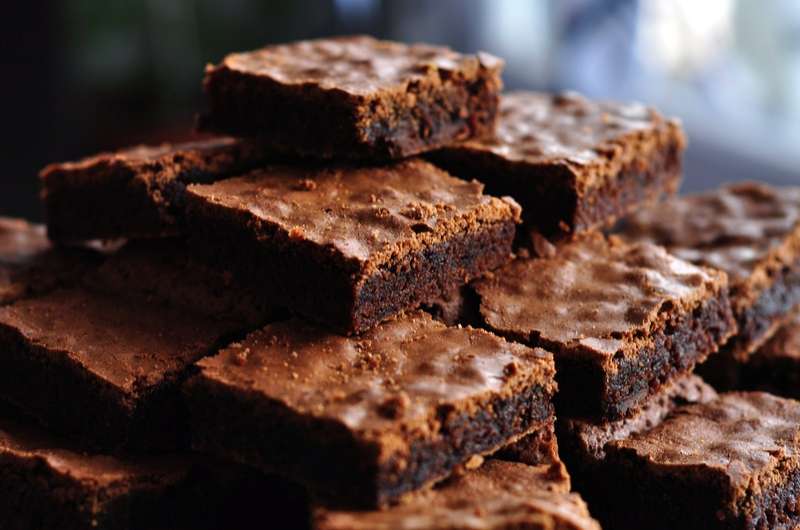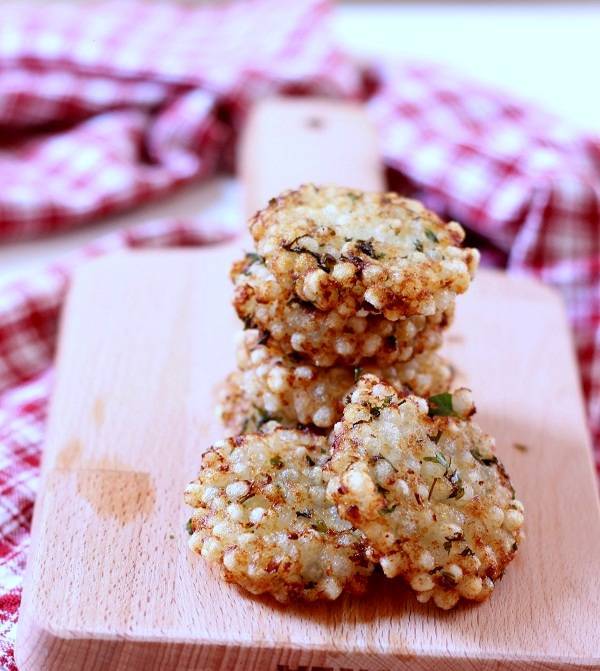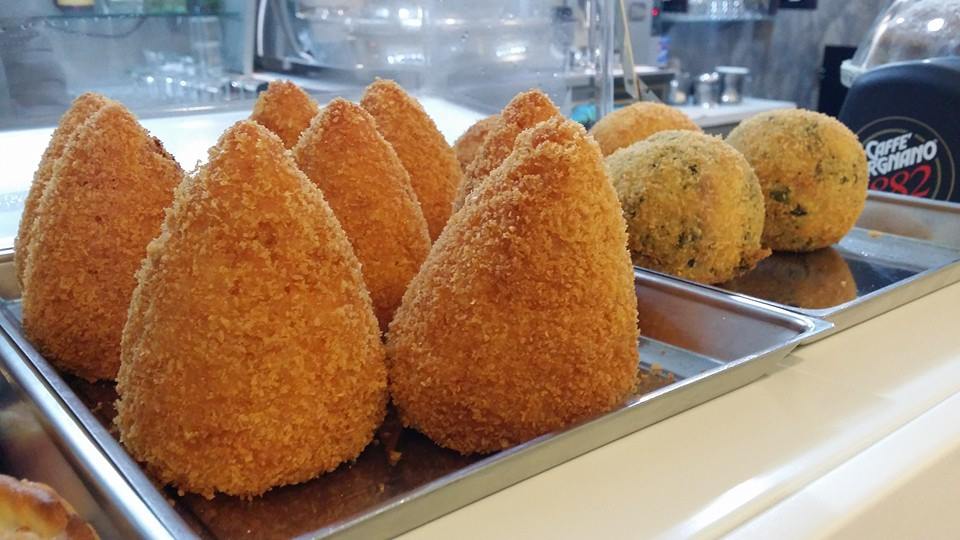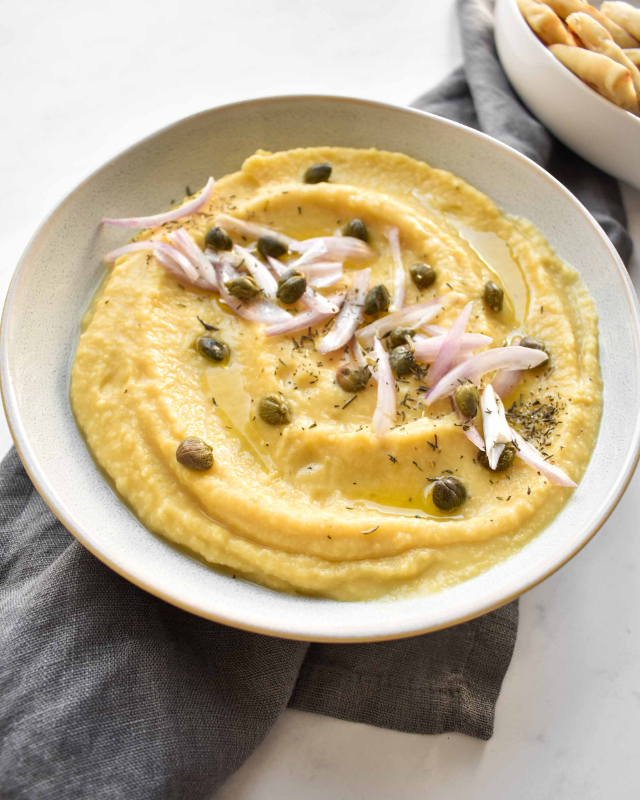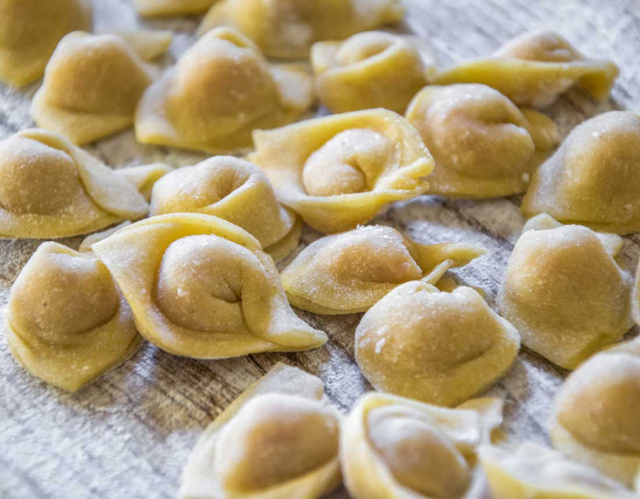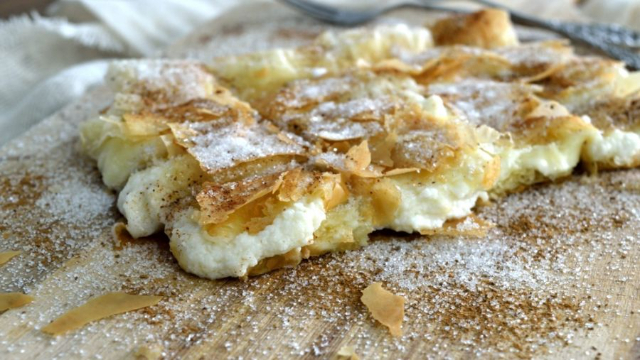A chocolate brownie (commonly referred to as simply brownie) is a square, baked, chocolate dessert. Brownies come in a variety of forms and may be either fudgy or cakey, depending on their density. They may include nuts, frosting, cream cheese, chocolate chips, or other ingredients. A variation made with vanilla rather than chocolate in the batter is called a blonde brownie or blondie. The brownie was developed in the United States at the end of the 19th century and popularized in the U.S. and Canada during the first half of the 20th century.
Brownies are typically eaten by hand, often accompanied by milk, served warm with ice cream (a la mode), topped with whipped cream, or sprinkled with powdered sugar and fudge. In North America they are common lunchbox treats, and also popular in restaurants and coffeehouses. The invention of culinary dishes can be complicated, and the brownie is no exception. Some myths state that a chef accidentally added melted chocolate to some biscuits, or was making cake but didn’t have enough flour; still others say that a housewife in Bangor, Maine, forgot to add baking powder to her chocolate cake. But most evidence points to one source: Chefs at Chicago’s Palmer House Hotel, who created the tasty treat for the World Columbian Exposition of 1893.
The origin story goes like this: Bertha Palmer, the wife of Palmer hotel owner Potter Palmer, was president of the Ladies Board for Managers for Exposition. When organizers of the event asked her to create a dessert especially for the boxed lunches at the Women’s Pavilion, Palmer went to her hotel’s pastry chefs and gave them the task of creating a dessert that was easier to eat than a piece of pie and smaller than a layer cake that could easily be served in boxed lunches. The result was a brownie made with double the chocolate normal brownies use, walnuts, and an apricot glaze that’s still made at the hotel to this day.But there’s no evidence the Palmer House desserts were called brownies.
